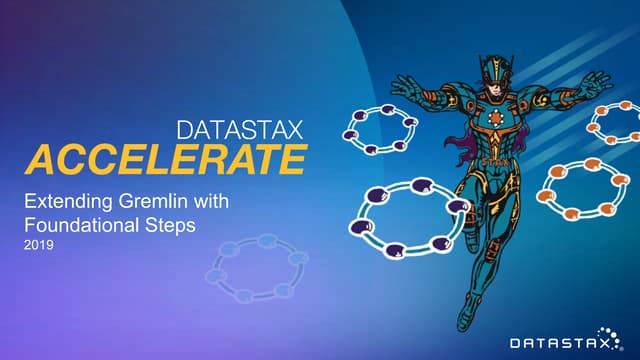SideEffect a variable, Use it later after BarrierStep?
I seek a query that builds a list and then needs to both sum the list's mapped values and divide the resulting sum by the count of the original list.
This would be the
However, the mapped list is, by that time, a Groovy list and
A groovy list can be averaged by reducing it to it sum and then dividing by the count of the list - but to get the count of the list, a separate reference to the list is needed or the count has to have been cached before.
Therefore, is there a way to begin a query, sideEffect a value into a Groovy variable, complete the query, pass through a barrier step, and then divide the saved count?
This would be the
mean() step - if the mapped list was still a Gremlin traversal object that offered mean().However, the mapped list is, by that time, a Groovy list and
mean() is no longer available.A groovy list can be averaged by reducing it to it sum and then dividing by the count of the list - but to get the count of the list, a separate reference to the list is needed or the count has to have been cached before.
Therefore, is there a way to begin a query, sideEffect a value into a Groovy variable, complete the query, pass through a barrier step, and then divide the saved count?
Solution
It can be done with all Gremlin steps in 3.7.1 where you have date functions available. Assuming:
You can use the "partition" pattern i came up with for a talk I have a long time ago about DSLs. It effectively does the same as a Groovy
Here's a link to the slides for the talk called "Extending Gremlin with Foundational Steps" in case you're interested: https://www.slideshare.net/StephenMallette/extending-gremlin-with-foundational-steps
You can use the "partition" pattern i came up with for a talk I have a long time ago about DSLs. It effectively does the same as a Groovy
collate(). Combining that with the neat new date functions I think this gives you the ability to do the mean() you want at the end:Here's a link to the slides for the talk called "Extending Gremlin with Foundational Steps" in case you're interested: https://www.slideshare.net/StephenMallette/extending-gremlin-with-foundational-steps
SlideShare
Extending Gremlin with Foundational Steps - Download as a PDF or view online for free
